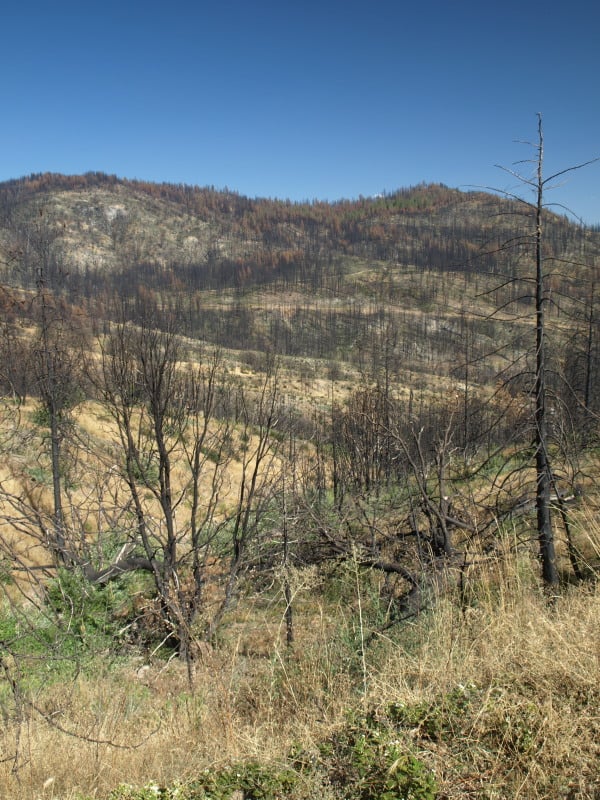It would be interesting if courts required documentation of mediation efforts prior to this kind of litigation…like I have said before, it would be interesting to know in advance, in public, transparently, what changes in design would be asked for by the plaintiffs. That would be one way of trying to get more justice in the resolution of these disputes. IMHO. Wonder if Congress could require that? I wonder if there are similar approaches in other legal worlds (besides divorce, and the BLM IBLA we have discussed previously here).
New Congress, new ideas.. we could take this project and ask the question, how could we do better with justice for all and still follow the existing laws? Ideas? When I retired, the solution to this was “collaboration”- folks have been doing this, and spending a great deal of time and energy… but the same result seems to be occurring (in some cases). It is certainly not the solution that some believed.
Here is an op-ed from the Missoulian..
Loggers, conservationists stand by Kootenai timber sale
Print Email
January 13, 2015 6:15 am • ROBYN KING, PAUL MCKENZIE, TIM DOUGHERTY, ED LEVERT and AMY ROBINSON
America is a nation of laws. But that does not mean the courtroom is necessarily the best place to resolve problems.
Sometimes, the best place to settle differences is out in the fresh air, in the scent of pines and the sound of the breeze overhead.
The people of northwestern Montana are no strangers to legal battles, especially over our national forests. But as conservationists, loggers, mill workers, community members and sportsmen, we’re proud of the work we’ve done to resolve differences and move the Kootenai National Forest ahead.
That is why we are so disappointed that the Alliance for the Wild Rockies has formally threatened to sue over a substantial, but carefully crafted logging and forest-restoration project near Lake Koocanusa.
As neighbors, we’ve put four years of hard work into helping plan the project. It’s hard to imagine a better result coming from the delays, frustrations and expense that go hand-in-hand with litigation.
Last Thanksgiving, the Kootenai National Forest approved a large project on the east side of Lake Koocanusa. The East Reservoir project involves logging about 39 million board feet of timber. While that is modest compared to the logging heyday of the 1980s, it is substantial by today’s standards.
This forest management project covers an area of nearly 90,000 acres, with only 8,800 of those acres actually receiving a timber harvest treatment. The project will be spread out over five or six individual contracts, each of a three- to five-year term. Of the 39 million board feet to be harvested, roughly 24 million will be sawlog volume and the balance non-sawlog to support local small log markets.
But what really is remarkable is the breadth of people who support the project. In fact, it earned the endorsement of the Kootenai Forest Stakeholders Coalition.
Our coalition includes not only timber and economic development groups, but also a slate of local and regional conservation groups. Together, we’ve identified opportunities for timber harvest, identified prime habitats that are better off left alone and seized opportunities to repair old scars on the land to improve water quality.
We are confident that the effort will withstand legal challenge. After all, the Kootenai National Forest currently has more than 150 million board feet of timber under contract with sawmills. Those sales are in the clear and ready to go, largely because the Forest Service, conservationists and timber interests have been willing to sit down together, walk the woods, and come up with reasonable and legal forest management projects.
For those of us who live here, and for the land itself, it’s a far cry better than the old timber wars.
There is a quiet success story going on in western Montana national forests. Collaborative efforts to help the Forest Service be more successful are working. They are providing real results on the ground, both in terms of timber harvested and in terms of improving habitats and streams.
On the Kootenai National Forest alone, the Kootenai Forest Stakeholders Coalition has helped bring about more than 10 forest management projects that include both logging and conservation goals. These average about 6 million board feet of timber apiece. More of these projects are taking place in the Lolo National Forest, because of similar collaborative processes.
This success story often occurs below public radar because the news media are naturally more interested in a conflict than collaboration. The media, by and large, has moved on to other “hot button” issues. That means it’s up to us to make sure people know these success stories are happening.
We have invited the staff at Alliance for the Wild Rockies to visit the slopes above Lake Koocanusa and talk over their concerns about the project. So far, their leader has declined those invitations, but the invitation still stands.
Lincoln County is rugged and remote, but even in northwestern Montana, times change. It’s up to all of us to accept those changes and work together to keep our national forests healthy and productive.
The tired old tactics and the obsolete battle lines of the past simply no longer make sense. Our national forests belong to all of us and the best way to ensure their future is to work together.
This opinion from the Kootenai Forest Stakeholders Coalition board of directors is signed by executive board members Robyn King, executive director of the Yaak Valley Forest Council; Paul McKenzie of Stolze Land and Lumber; Tim Dougherty of the Idaho Forest Group; Ed Levert, a Lincoln County forester; and Amy Robinson of the Montana Wilderness Association.
